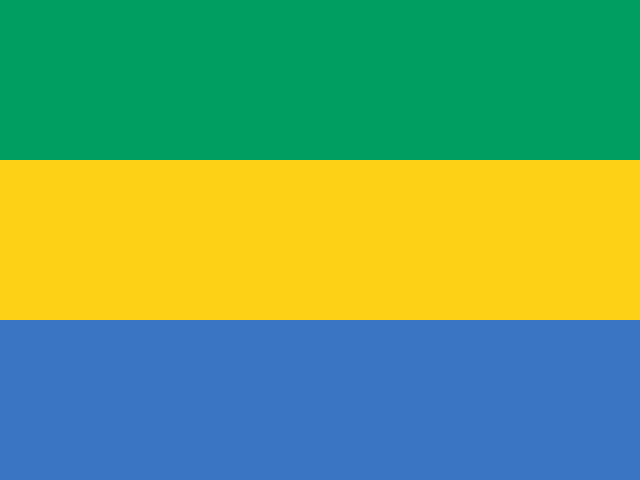Cameroon is progressively enhancing its digital infrastructure, aiming to establish itself as a regional digital hub in Central Africa. As of 2024, approximately 43% of the population were internet users, reflecting a steady increase in digital adoption. The growth is primarily driven by the expansion of mobile broadband services, with 3G and 4G networks covering significant portions of the country.
A critical component of Cameroon’s digital connectivity lies in its access to multiple submarine fibre-optic cables. The country benefits from four major subsea cable systems:
- SAT-3/WASC: This cable connects Portugal and Spain to South Africa, with landing points in several West African countries, including Douala, Cameroon.
- West Africa Cable System (WACS): Spanning from South Africa to the United Kingdom, WACS has a landing point in Limbe, Cameroon.
- Nigeria-Cameroon Submarine Cable System (NCSCS): This system directly links Cameroon to Nigeria, enhancing regional connectivity.
- South Atlantic Inter Link (SAIL): Connecting Kribi, Cameroon, to Fortaleza, Brazil, SAIL is a significant transatlantic cable that bolsters Cameroon’s international bandwidth capacity.
Despite the presence of these submarine cables, the World Bank has noted that Cameroon is not fully utilising its fibre infrastructure, leading to underused capacity and limited international bandwidth per capita. Efforts are ongoing to address these challenges, including partnerships between CAMTEL and international operators to expand and optimise the country’s fibre network.
In addition to submarine connectivity, Cameroon is part of the Central African Backbone (CAB) project, a regional initiative aimed at improving terrestrial fibre-optic infrastructure across Central Africa. This project enhances inter-country connectivity and supports the broader goal of regional digital integration.









